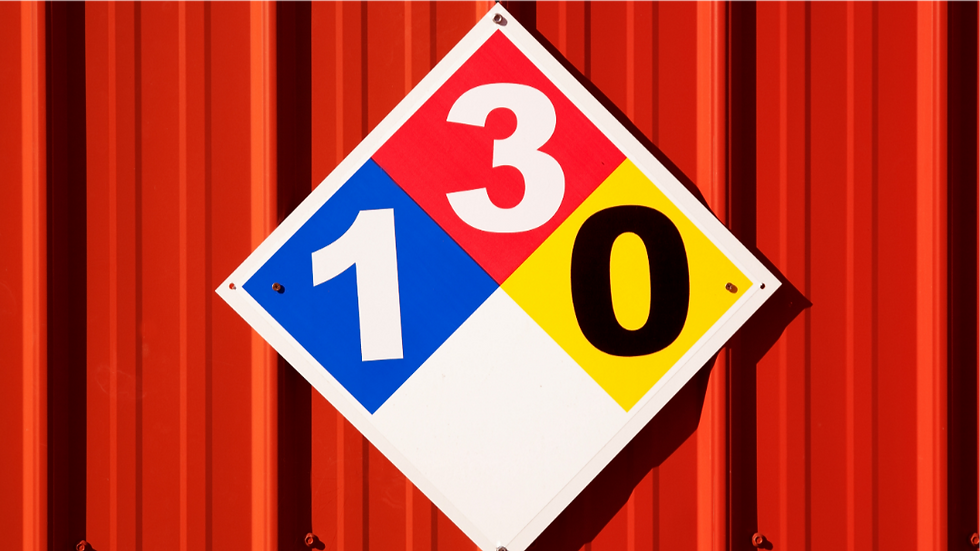How Fire Sprinkler Designs Ensure Compliance with NFPA Codes
- firejaime
- Sep 4
- 3 min read
Updated: Sep 6

When it comes to fire protection, a properly designed fire sprinkler system is more than just a safety feature—it’s a requirement. In South Florida, all sprinkler systems must comply with the standards set by the National Fire Protection Association (NFPA). These codes ensure that buildings—whether commercial, residential, or industrial—have systems designed to respond quickly and effectively in the event of a fire.
At Active Fire Sprinkler, we specialize in fire sprinkler design, installation, and inspections that meet NFPA codes and local regulations. Our team helps property owners achieve peace of mind with systems that are safe, compliant, and reliable.
Why NFPA Codes Matter in Fire Sprinkler Design
The NFPA codes establish strict requirements for the design, installation, and upkeep of fire sprinkler systems. These guidelines ensure:
Adequate sprinkler coverage tailored to different building types
Proper water pressure and flow for effective fire suppression
Dependable system performance during emergencies
Consistency across fire protection systems nationwide
Failing to follow NFPA standards can result in failed inspections, costly fines, and most importantly, reduced safety in a fire emergency. Learn more about the basics of fire sprinkler systems.
Key NFPA Standards for Fire Sprinkler Systems
Different NFPA codes address specific areas of fire sprinkler system design and operation:
NFPA 13 – Governs the installation of sprinkler systems in residential, commercial, and industrial buildings.
NFPA 25 – Establishes requirements for the inspection, testing, and maintenance of sprinkler systems.
NFPA 72 – Governs fire alarm and detection systems, which often work hand in hand with sprinklers.
By designing systems with these codes in mind, fire protection experts ensure compliance and readiness for any emergency. You can read more about key elements of effective fire sprinkler system design.
Designing Fire Sprinklers for Code Compliance
When our team designs a fire sprinkler system in Miami-Dade, Broward County, or Palm Beach, we follow a detailed process to meet NFPA standards:
Building Assessment – Evaluating the property’s use, layout, and occupancy type.
Hazard Classification – Determining the fire risk level (light, ordinary, or extra hazard).
Hydraulic Calculations – Ensuring water pressure and flow meet NFPA requirements.
Sprinkler Placement – Strategically positioning sprinklers for complete coverage without obstructions.
Code Review – Verifying designs against NFPA standards and local regulations.
For more insights, check our blog on why professional fire sprinkler design matters in South Florida.
The Role of Regular Inspections
Even with a code-compliant design, regular inspections are crucial to maintaining compliance. At Active Fire Sprinkler, we provide:
Annual and quarterly inspections in accordance with NFPA 25
Backflow inspections to safeguard your building’s water supply (learn more)
24/7 emergency sprinkler services for urgent system issues (see why timing matters)
These inspections confirm your system continues to meet NFPA and Florida fire code requirements. Read our guide on annual vs. quarterly sprinkler inspections.
Partner with Active Fire Sprinkler for NFPA Compliance
With more than 25 years of experience, Active Fire Sprinkler has helped property owners across South Florida design, install, and maintain fire sprinkler systems that meet NFPA codes and local regulations. Our proven expertise ensures your building stays compliant, secure, and protected.
Schedule a Consultation Today
Don’t leave fire safety to chance. Make sure your sprinkler system is designed and maintained for full NFPA compliance.
Contact Active Fire Sprinkler today to schedule a consultation and protect your property with a code-compliant fire sprinkler system.
--




Comments